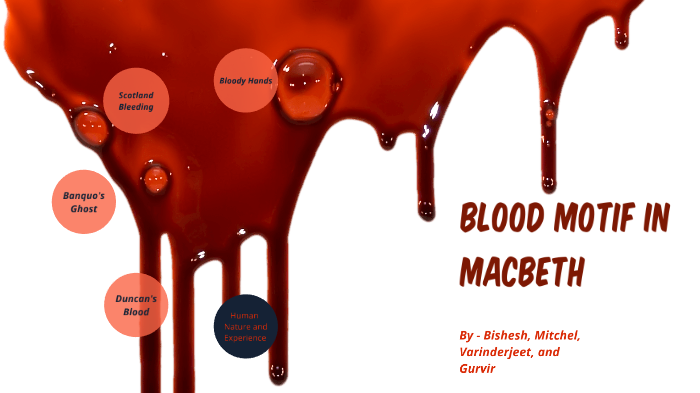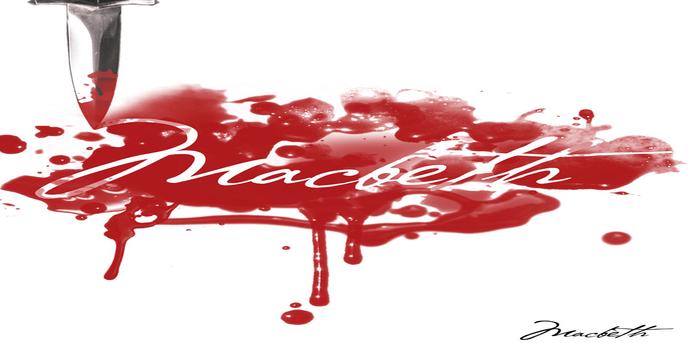

“Is this dagger which I see before me, The handle toward my hand? Come, let me clutch thee: – … And on thy blade and dudgeon gouts of blood, Which was not so before. However, the instincts and ambition aroused in Macbeth has overpowered the bonds of that relationship and he chooses to use the dagger, which is the best weapon if you are really close with the target, to completely sever its ties. It requires for the user to be close in order to kill, this image can also show us the intimate relationship that Duncan and Macbeth share with each other. Unlike lances that are for jousting, unlike swords that are for fencing, dagger is an instrument of assassination. It is short in length compared to all the other instruments of murder. Before the Macbeth murdered the king, he had a moment where he was hallucinating a floating dagger, where he sees blood stains all over the dagger. Wicked dreams abuse, would seem to relate the readers back to the dream that Banquo had when he dreamt of the three sisters, thus meaning that the power of the witches would cause Macbeth to abuse the curtained sleep, which symbolized the sleeping king Duncan in Macbeth’s castle.įinally, what I believe to be the most important imagery that was shown to the reader by Shakespeare was the image of bloody dagger. Since Nature has been often directly related to Banquo during the course of the play, when Macbeth says Nature seems dead, it would also seem to foreshadow Banquo’s downfall or death. Furthermore, it was mentioned in Macbeth’s long monologue that “Nature seems dead, and wicked dreams abuse The curtained sleep” (2, i, 50-51) These words by Macbeth has severe meanings that symbolize different aspect of the story. “I dreamt last night of three weird sisters” (2, i, 20) Even though Banquo doesn’t mention the word sleep directly, but we can again see a correlation between the witches and sleep as well. There was an interesting quote that Banquo mentioned. Sleep has been two major symbols of Shakespearean plays and Macbeth is no different. Shakespeare seems to use animals as one of its channels to convey his messages and it would be a good idea for us to continue tracking the different motifs of animals. This is an imagery that we could easily comparing with the killing of Duncan by Macbeth.


The analogy mentioned by the Old Man meant that a owl, an animal that usually preys on mouse now has moved and killed the falcon in its tower of price. The falcon, “towering in her price of place” (2, iv, 12) would present Duncan, the king. The imagery of owl was used previously by Macbeth and in this case, the owl would represent Macbeth as well. The animals are falcon, a mouse and an owl. Even though there is only a small mentioning of them in the beginning of scene IV after Duncan’s death, the animals mentioned would symbolize and summarize what had happened prior to its mentioning. From our observations, we could see that even though the witches may not appear directly, but the movement of the plot will revolve around their prophecies.Īnother symbol that has reoccurred would be the animals. In this act, we can also relate back to the witches’ prophecies because of the introduction of a new character, Fleance, the son of Banquo, who was foretold by the witches that he will be king. Usually, the symbol of night and darkness is associated with the witches and their sinister plans. Night has always been a symbol of to show darkness and midnight, presumably the darkest hours of a day could foreshadow the darkest movements that the readers were about to witness. By starting the second act with the time of midnight, Shakespeare has already given the readers the imagery of darkness and how it would develop throughout the act.


 0 kommentar(er)
0 kommentar(er)
